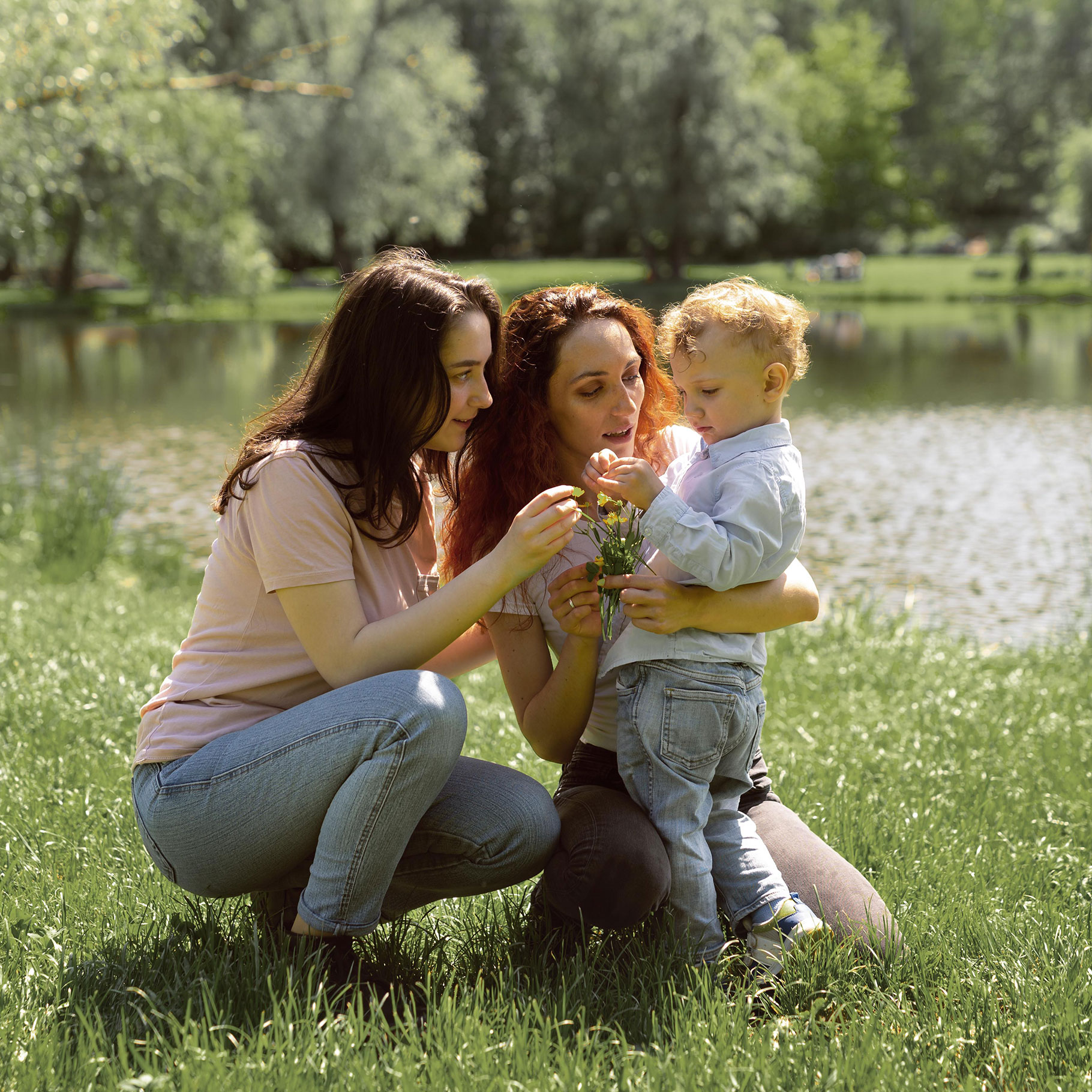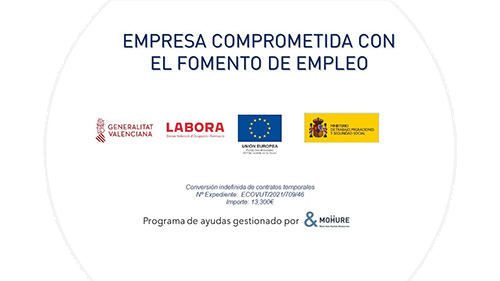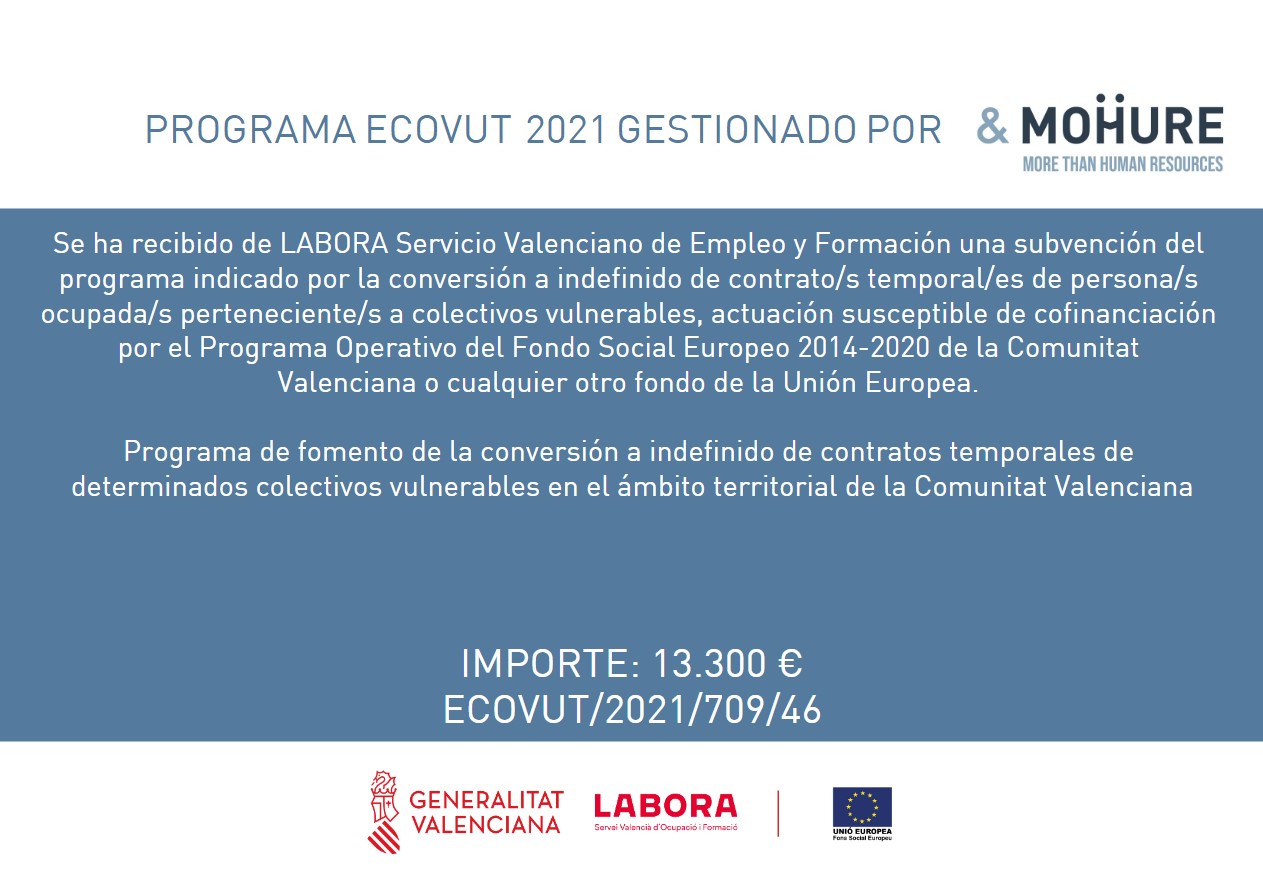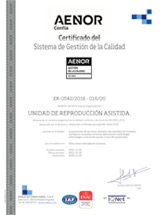Over the last few years there has been an increase in the number of female couples who decide to become pregnant and start their own family.
The ROPA method (Reception of Oocytes from the Couple) is aimed at couples of women so that both participate biologically in the pregnancy and experience shared motherhood.
One of the women will be the one who provides the egg and the other, always in accordance with the specialist’s diagnosis, will be the one who carries the pregnancy.
The technique of the ROPA method is the same as in vitro fertilisation with egg donation, with the difference that in this case the donor is not anonymous, but the mother-to-be. It is quick to perform and in as little as 15 days can be completed.












